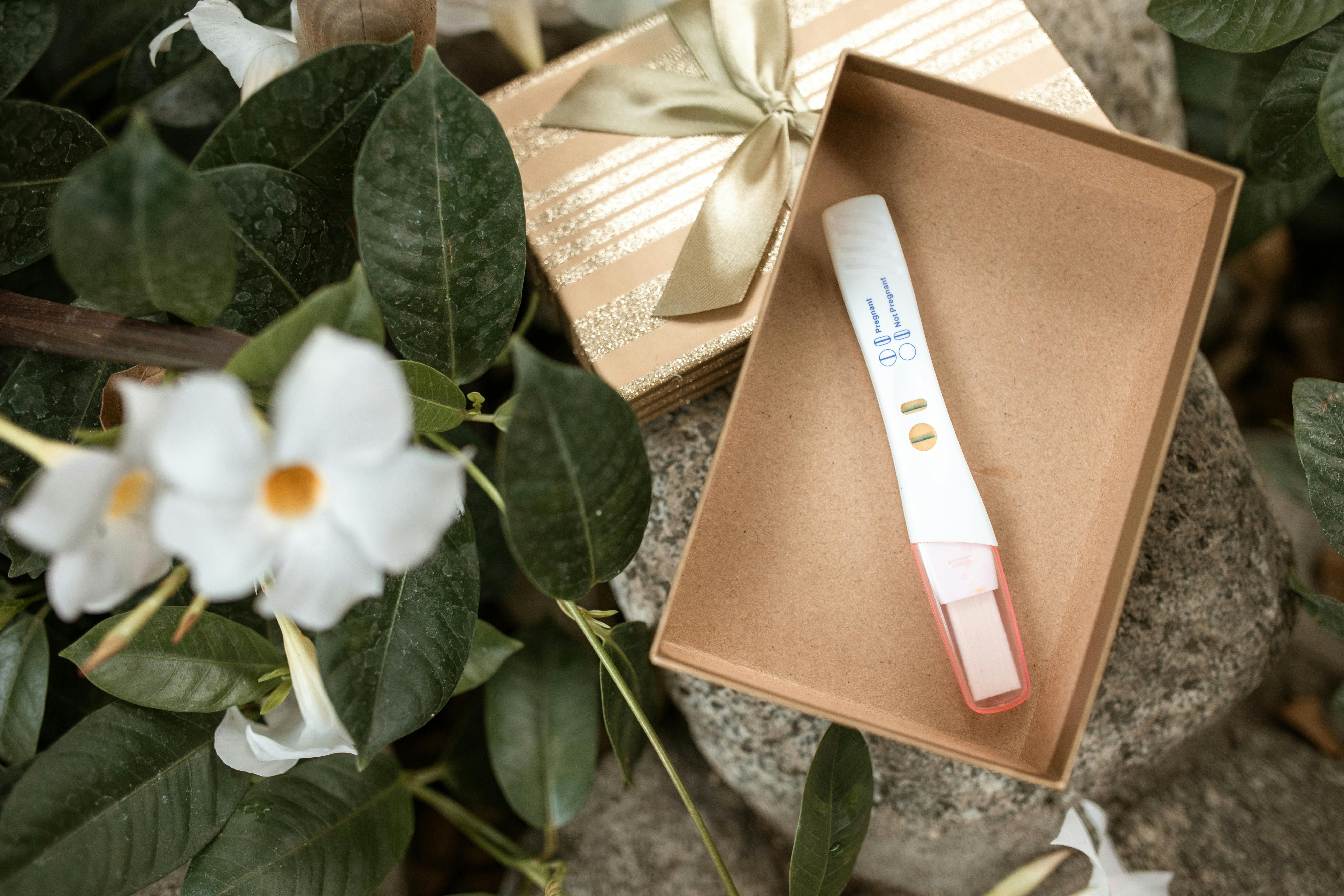The Sonoma Diet is a plan that is touted as “the tastiest weight loss plan under the sun.” The plan emphasizes the pleasure of eating tasty food, rather than its restrictions.
The diet was developed by Connie Guttersen and is based on the cultures of the Sonoma region of California and the Mediterranean coast of Europe. The concept behind her diet is based on the lifestyle of people who live in the Sonoma Valley region of California, known for its wineries.
The Sonoma Diet Plan can be purchased through their books or through the online program, which costs $5 a week. Any of the resources will walk you through the types and amount of food to eat. And like many diets, it involves three phases or, as she describes, waves that dieters go through.
Each phase involves different guidelines and recipes. However, a unique part of the Sonoma diet involves changing the size of plates and bowls along with moderate consumption of wine.
The diet also has its version of “energy foods,” which Guttersen encourages dieters to use as often as possible. Some of these foods are spinach, bell peppers, blueberries, and broccoli. These foods are low in calories and high in nutrients and are often included in many weight loss recipe plans.
diet structure
wave 1 The first wave or phase lasts 10 days and is designed to change eating habits. Like the South Beach diet, foods that contain large amounts of sugar and processed flour are restricted. Of course, this includes any type of desserts. During this phase, you are told that you will see rapid weight loss.
The basic purpose of wave 1 is to steer you away from high calorie, low nutrient foods. At times you may feel irritable and sluggish. This is just your body adjusting to your new eating regimen. If you can hold out, this usually goes away as your body learns to make better use of its new sources of energy.
wave 2 During this phase, weight loss is slower but steady. The time spent in this phase is determined by the amount of weight you need to lose. An important part of this phase is learning to enjoy food more slowly. As for the meals themselves, the recipes are more varied and wine is included with them if desired. However, desserts are still not allowed.
In this phase, you will be eating a lot of grains. The purpose of this is to take advantage of the fiber found in these foods. In addition to being a source of some micronutrients, it also helps with the digestion of food throughout the body, plus it has virtually zero calories. So even though your body must burn calories to process it, no net calories are added to your waistline.
wave 3 Once you’ve reached your goal weight, the Sonoma Diet moves into its maintenance phase. In this wave, food is increased until weight is maintained. This is done by increasing the servings of fruits and vegetables. Now you can also occasionally enjoy foods on the prohibited list.
Throughout all the waves, you have to rely on a plate and bowl concept to control portion sizes. The plates measure 7 inches and the bowls can hold two cups. Diagrams in the books and on the online program demonstrate how the serving sizes of foods should fill your plate and bowls. According to Guttersen, this eliminates the difficulty of having to measure individual servings.
Forbidden food
Even though the Sonoma Diet likes to emphasize and market itself by stating what foods you can eat, there are still off-limits foods you’re not supposed to eat. These are mostly foods that contain refined flour and a lot of sugar. Therefore, foods like cakes, cookies, white bread, cereal, and chips are a big no-no. The exception is foods that contain the word “whole” before them, such as whole wheat or whole grains.
General evaluation
Like many diets, certain foods are restricted. This can be challenging at first, but if you can stick to it, in many cases you will start to prefer healthier foods. Of course, since your addiction to food and overeating is in many cases psychological, it will be necessary to get over that bump as well. The book does very little to address this point.
Because the diet emphasizes whole, fresh foods rather than just eating less of the foods you normally eat, which for many of you are high-calorie foods, it’s overall a healthy home diet, as well as working as a weightloss. diet. And although it promotes the consumption of wine, this part is optional, since its exclusion will not affect the effectiveness of the diet.
As for cost, diet foods can be expensive, which can be a downside for some, as whole, fresh foods tend to be more expensive. However, I don’t blame the diet for that. Until society does a better job of making these foods more affordable, the shrinking of our national waistline won’t happen any time soon.
Another important element of weight loss is, of course, exercise. Guttersen does not address this, which is the plan’s only serious shortcoming.
Overall, the Sonoma Diet is a doable, nutrient-dense weight loss plan. Food not only promotes weight loss, but also promotes overall good health. This is very important, because your goal should be not only to lose weight, but also to develop a healthier lifestyle. The Sonoma Diet does this, making it an eating plan you can follow for the rest of your life.
